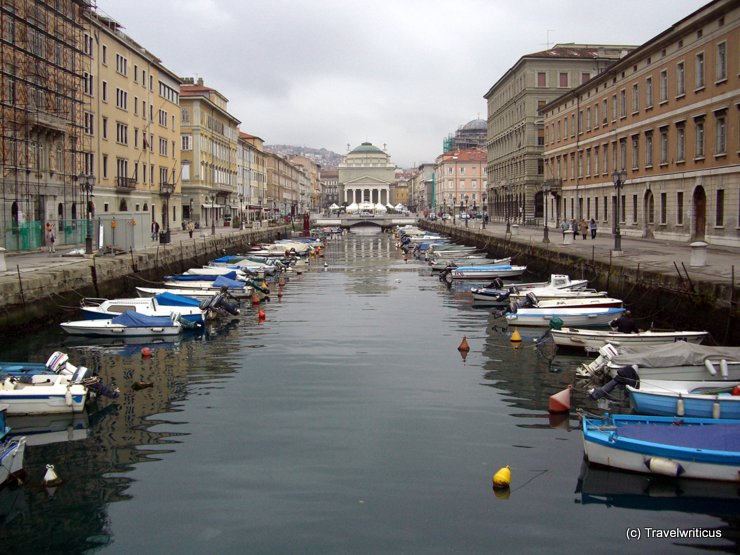
The Canal Grande is the heart of the Borgo Teresiano district, commissioned by the Austrian Empress Maria Theresa. The neoclassical building at the end of the canal is a Catholic Church (Sant’Antonio Nuovo).
Browse through your travel destination!

The Canal Grande is the heart of the Borgo Teresiano district, commissioned by the Austrian Empress Maria Theresa. The neoclassical building at the end of the canal is a Catholic Church (Sant’Antonio Nuovo).

The Tempelherrenhaus was never a residence of the mysterious templar knights. Instead, the 18th-century building served as venue for celebrations on the Ducal court. Later it housed a well-visited café in the lovely atmosphere of the Ilm park.
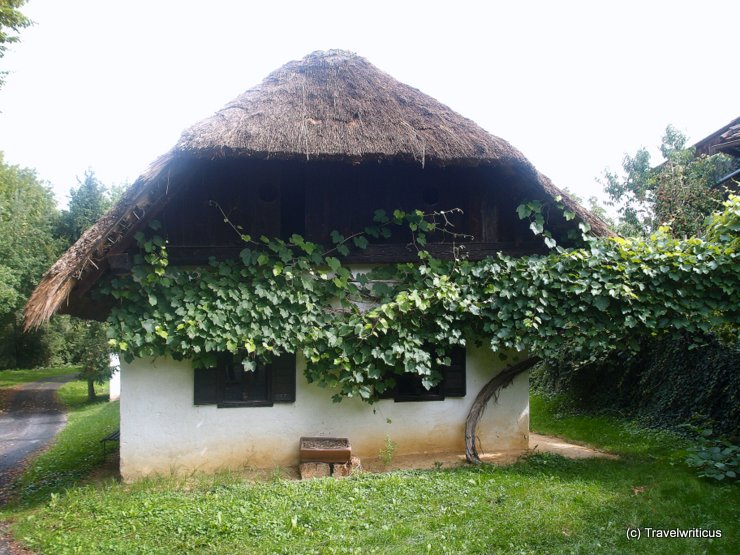
This building, named after the family of Dax who used to live here, is made of mud and roofed with thatch. After founding a kind of artist-in-residence program in Neumarkt an der Raab (Künstlerdorf), it started to be the first studio for the artists.
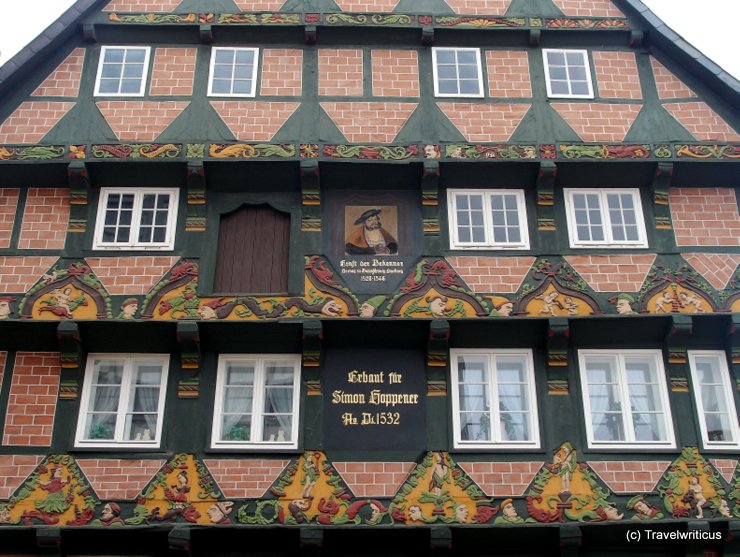
The Hoppener Haus (Hoppener House) saw its construction in 1532. Its name originates from the citizen Simon Hoppener. He worked as Amtschreiber (scribe) and Rentmeister (treasurer) for the Duchy of Brunswick-Lüneburg in 16th century.
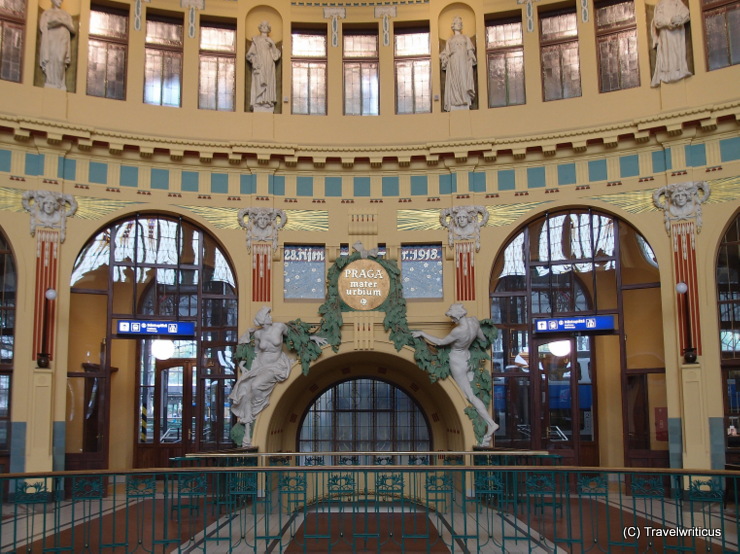
Following the signs to the old entrance hall of Prague Central Station leads to a gem of Art Nouveau. The nearby Fantova kavárna (Fanta Café) reminds visitors of the architect of this hall: Josef Fanta (1856-1954).
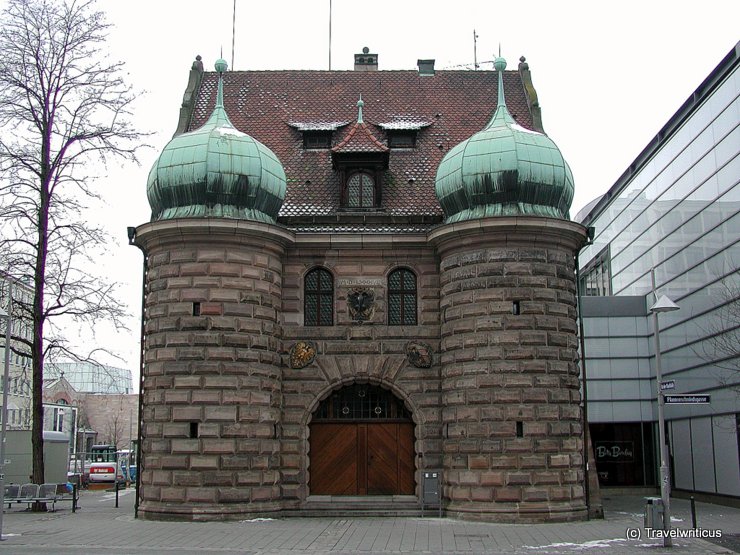
The former armoury (Zeughaus) of Nuremberg saw its construction by Hans Dietmayer in 1588/89. After bomb damage during World War II, a reconstruction finished in 1954/55.
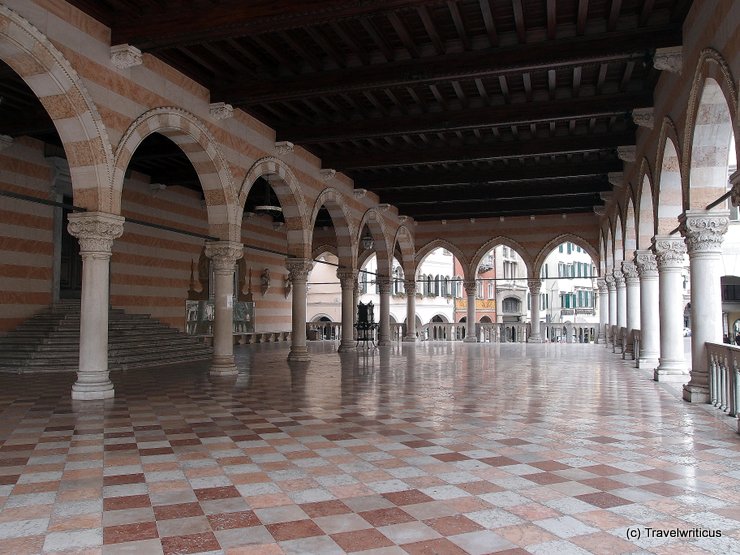
The Loggia del Lionello is one of the oldest and most important historical buildings in Udine. Erected on the Piazza Libertà, its name originates from the person who completed its construction: Nicolò Lionello.
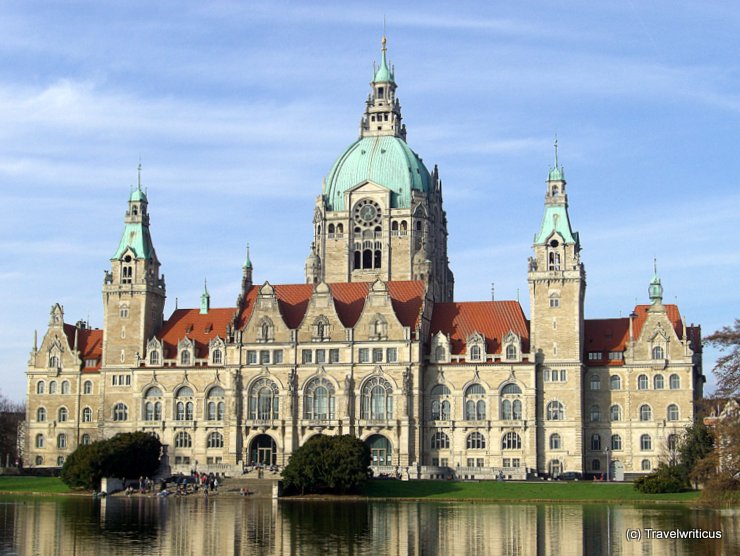
The New Town Hall (Neues Rathaus) of Hanover (Hannover) saw its construction during the era of Wilhelm II in an eclectic style. It opened in 1913. The observation deck in the dome is accessible via a remarkable elevator.
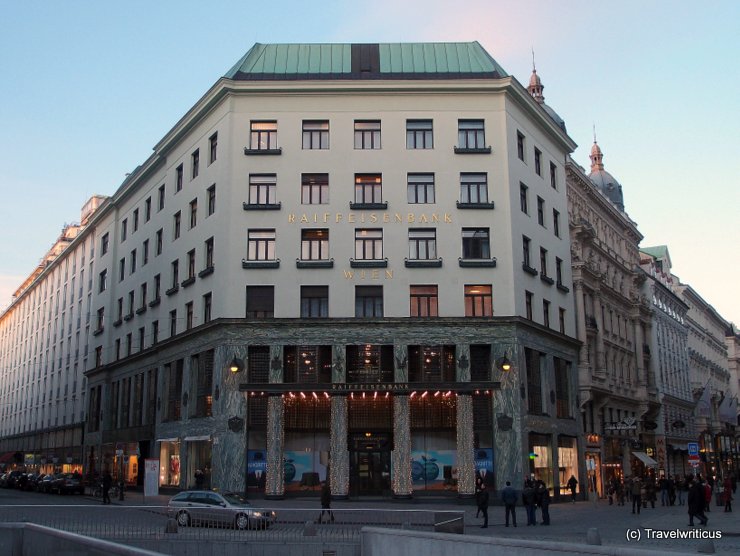
The Loos House (Looshaus) is considered a central work of the Wiener Moderne. The building designed by Adolf Loos saw its completion in 1910. Can you imagine why Viennese people call it “The House without Eyebrows”?
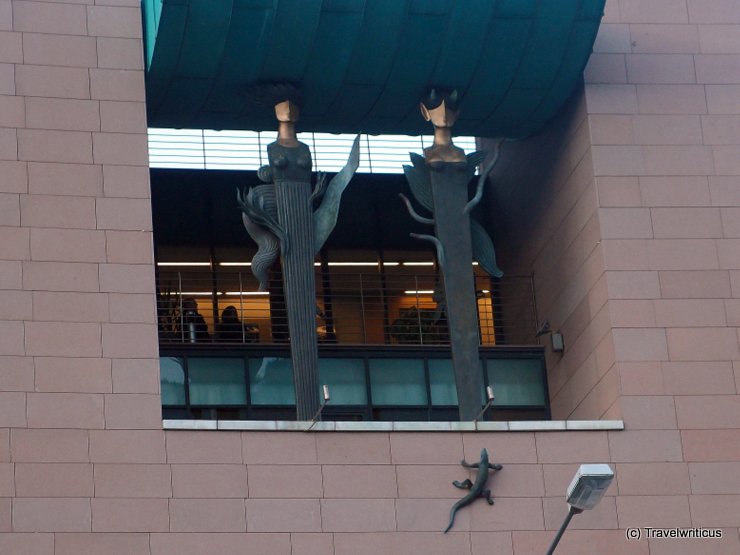
One of the most peculiar architectural impressions outside the station hall of Bolzano Main Station is this lizard climbing a wall. Above the sporty creature, you see two different designed elements similar to ancient herms.
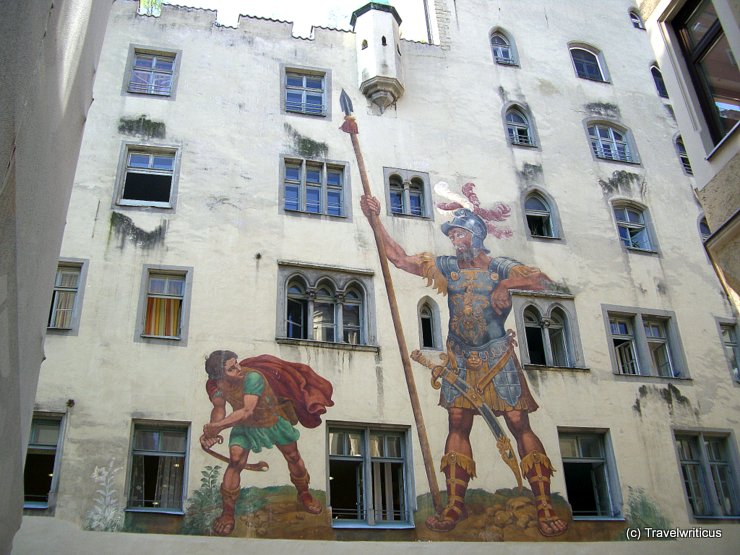
The painting on the Goliath House (Goliathhaus) in Regensburg illustrates the legend of David and Goliath. The mural was created by Melchior Bocksberger in the year 1573.

The Laubengasse in Merano saw its construction around 1200 at the request of Meinhard II. Since then, this arcaded alley has been considered the longest lane of its kind in Tyrol. Today, the Merano arcades are widely known for their shopping opportunities.